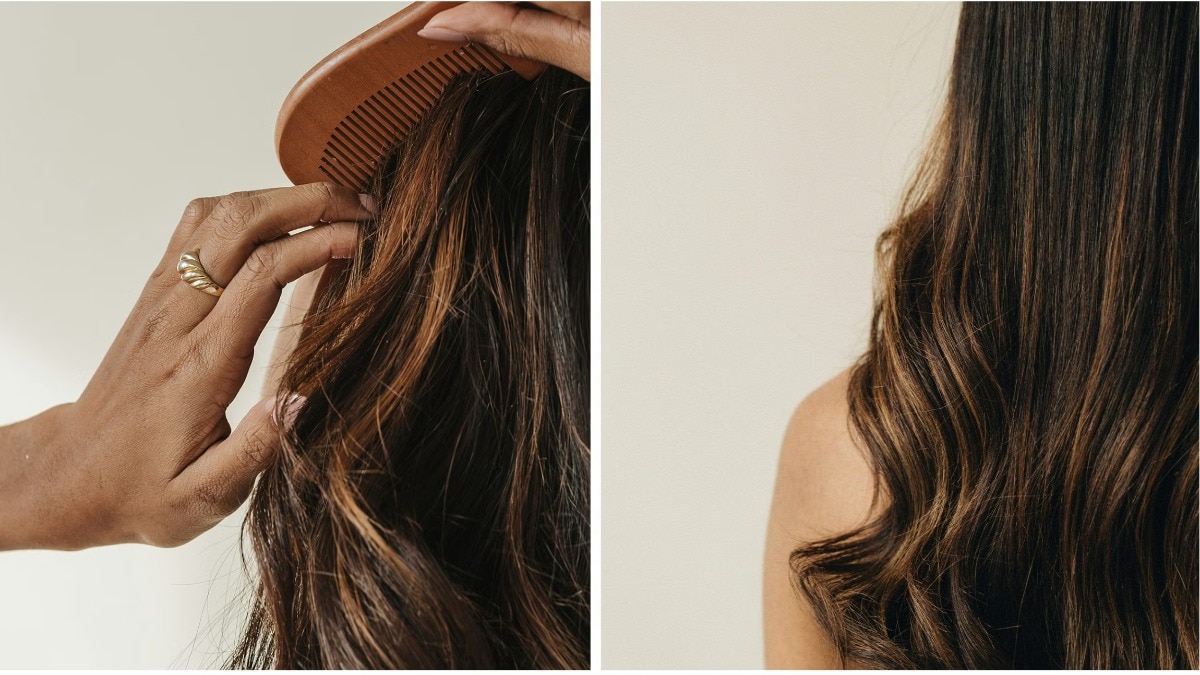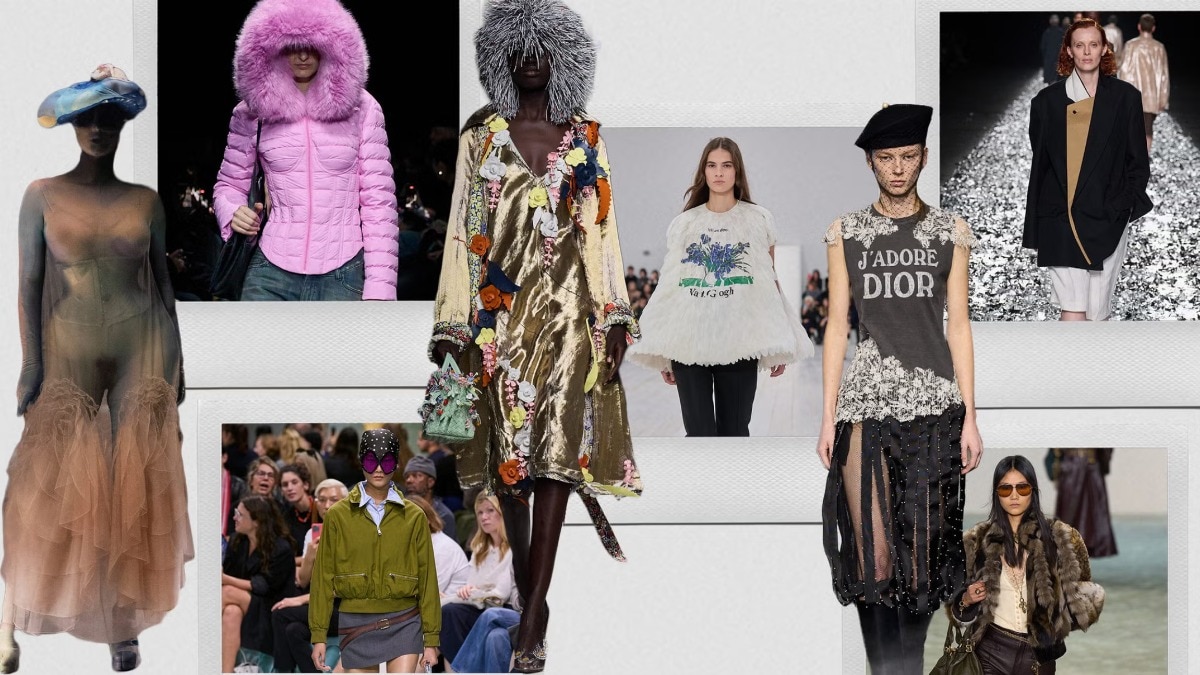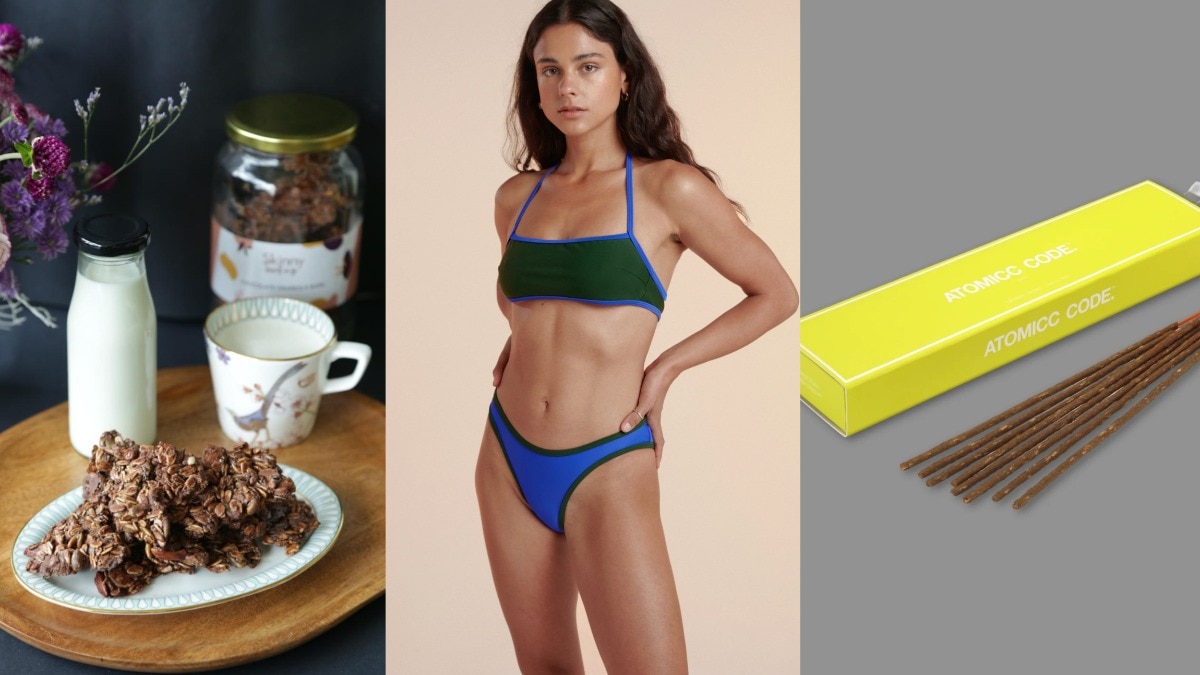
A guide to sunscreens that play well under make-up
Leave your white-cast worries behind!


If it hasn't been said enough, let us reiterate—applying sunscreen is the one skincare step none of us can afford to skip. We’ve all heard it a million times; two finger lengths of sunscreen must be applied on the face and neck every two to three hours to minimise the risk of sun damage and melanoma. As someone who identifies as a heliophile and a skincare fiend, I’ve taken it upon myself to decode all things related to SPF, so we can all look (and feel) like our youngest selves as we bask in the glow of healthy skin. Finding the perfect SPF product is the only way to block the harmful effects of the sun’s UVA and UVB rays, which can wreak havoc on our skin cells' health, and lead to fine lines, weakened skin barrier, excessive pigmentation, and an increased risk of skin cancer.
It’s no secret that people are becoming increasingly aware of SPF dos and don’ts—yes, you need your healthy dose of sunscreen even during the winter and monsoon seasons. While sunscreens have had a bad reputation for clogging pores, feeling greasy on the skin, and leaving a white cast over darker skin tones, new-age formulas have improved and are made using innovative technology. Applying sunscreen as the final step of your AM skincare regime now feels like an enjoyable step rather than something to dread. However, a common problem of pairing sunscreen with make-up seems to persist.
While selecting the most effective sunscreen that would go well with your make-up, the basic rules reign supreme—look for formulas that have both UVA and UVB protection, a minimum of SPF 30, and that suit your skin’s specific needs. Those with oily skin might prefer a gel formulation as opposed to the heavy hydration offered by sunscreen lotions. “The difference between gel and cream sunscreen is the texture. Gel sunscreens are more lightweight, non-greasy, and get absorbed easily. They don’t leave a white cast and are good for oily skin or humid weather”, says Dr Madhuri Agarwal, founder and medical director of Yavana Aesthetics Clinic. “Cream sunscreens are heavier, thicker, and good for dry skin, though they can leave a white cast on the skin. The sun-protective ingredients, SPF and PA can be the same for both and will offer the same kind of sun protection,” she adds.
If you’re going heavy with make-up application, it's recommended to use minimal skincare; you can limit it to a hydrating serum and sunscreen. However, those seeking a dewy, minimal make-up look would benefit from their full skincare regimen, topped off with sunscreen at the end before make-up application. The key to layering your sunscreen under make-up is allowing your skin time to absorb the product adequately—I’ve found that it’s best to keep sunscreen on for at least 10-15 minutes before applying any more product or stepping out. To keep breakouts at bay, it is advised to always go with a non-comedogenic sunscreen.
Another way to ensure your sunscreen pairs seamlessly with your make-up is opting for a tinted sunscreen that matches your skin tone—this might even allow you to skip the foundation or skin tint. When it comes to reapplication, you can opt for a sunscreen stick like Minimalist’s or a powder sunscreen from iS Clinical. The abundance of formulations in the market makes it easier than ever to find your perfect match when it comes to SPF!
Below are some of our favourite sunscreens that layer perfectly under make-up.
Estee Lauder Perfectionist Pro Sunscreen, ₹3,800

Lisen Soothing Shade Sunscreen, ₹1,500

iS Clinical Eclipse 50, ₹4,520

Put Simply Beat the Sun Sunscreen, ₹1,099

Shiseido Perfect UV Protector Sunscreen, ₹3,150

Dermalogica Dynamic Skin Recovery Sunscreen, ₹6,200

Clinique Broad Spectrum Sunscreen, ₹3,300

La Shield SPF 40 Sunscreen, ₹810











